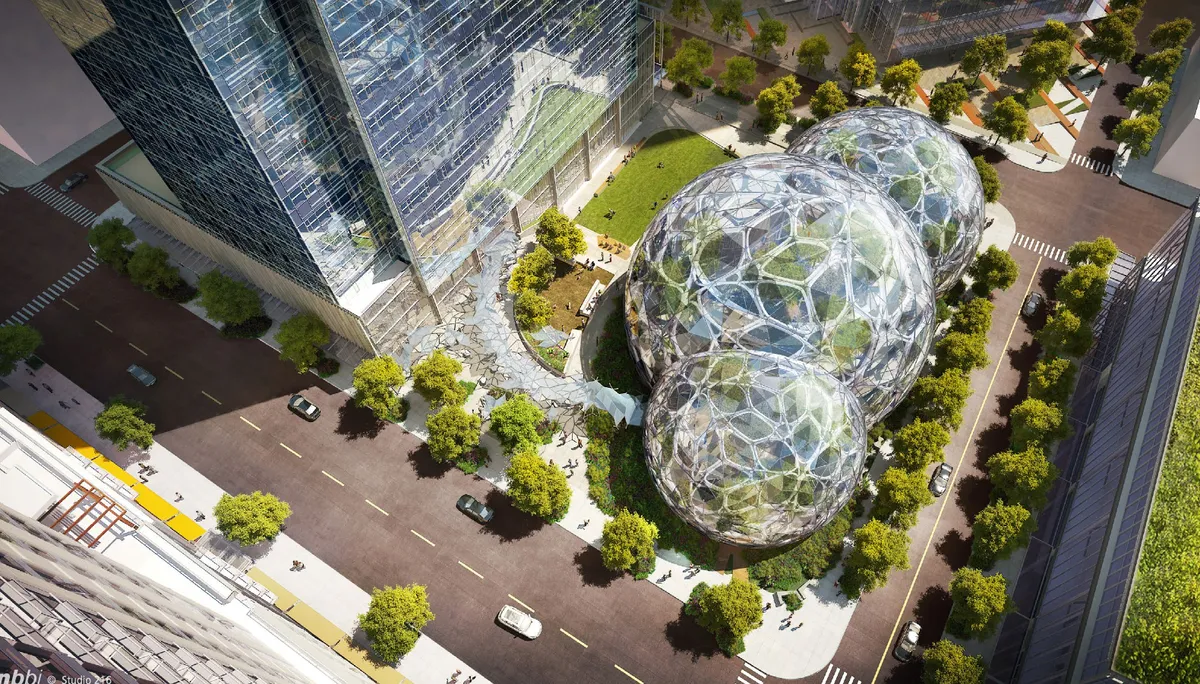Introduction
Our journey begins in Manaus, Brazil—a city of over 2 million nestled deep within the Amazon rainforest. Accessible only by plane or the mighty Amazon River, Manaus is a testament to human ambition and the opulence of a bygone era. In the late 1800s, European settlers, drawn by the region’s abundant rubber resources, transformed this jungle outpost into a metropolis that aspired to rival Paris itself. Their vision culminated in the creation of grand plazas, opera houses, and palatial structures, all constructed with materials imported from Europe. Today, these architectural marvels stand as enduring symbols of Manaus’s golden age.
Teatro Amazonas: A Jewel in the Jungle
At the heart of Manaus stands the Teatro Amazonas, an opera house that epitomizes the city’s ambition. Inaugurated on December 31, 1896, after 12 years of meticulous construction, the theater was designed by Italian architect Celestial Sacardim and modeled after the Palais Garnier in Paris. Its construction employed a blend of European craftsmanship and local resources, resulting in a building that harmoniously fuses both influences.Untamed Amazon | Untamed Amazon+3Wikipedia+3Home+3
The theater’s dome, adorned with 36,000 glazed ceramic tiles in the colors of the Brazilian flag, is a striking feature. Inside, the auditorium boasts 198 crystal chandeliers, including 32 crafted from Venetian Murano glass. The ceiling murals, painted by Italian artist Domenico de Angelis, pay tribute to Brazilian opera composer Carlos Gomes. The stage curtain, painted by Brazilian artist Crispim do Amaral, depicts the confluence of the Negro and Solimões rivers, symbolizing the meeting of cultures. The Guardian+4Home+4Untamed Amazon | Untamed Amazon+4BBC NewsWikipedia+3Untamed Amazon | Untamed Amazon+3Home+3
Despite its grandeur, the theater’s existence was precarious. The rubber boom that funded its construction was short-lived, and by the 1920s, the theater faced financial difficulties. It remained closed for several decades but was reopened in 1997 and now hosts the Amazonas Philharmonic and the annual Festival Amazonas de Ópera. The Guardian+1BBC News+1Wikipedia+2BBC News+2The Christian Science Monitor+2BBC News+2Home+2Wikipedia+2
The Palace of Justice: A Testament to Classical Elegance
Adjacent to the Teatro Amazonas lies the Palace of Justice, another architectural gem from the rubber boom era. Inaugurated in 1900, this neoclassical building was designed to house the judiciary of the state of Amazonas. Constructed from stone and brick masonry, it features grand columns, intricate facades, and expansive interiors. Today, it serves as the Palácio da Justiça Cultural Center, hosting art exhibitions, musical performances, and cultural events. Wikipedia
Provincial Palace: A Glimpse into the Past
The Provincial Palace, completed in 1875, stands as a reminder of Manaus’s colonial past. Serving as the residence of the presidents of the Province of Amazonas until 1888, the building showcases eclectic architectural styles. Currently, it houses several museums, including the Amazonas Museum of Image and Sound and the Tiradentes Museum, offering visitors insights into the region’s rich history. Wikipedia
Monument Abertura dos Portos: Celebrating Global Trade
In front of the Teatro Amazonas stands the Monument Abertura dos Portos, inaugurated in 1900 to commemorate the opening of the Amazon River ports to foreign trade in 1866. The monument features four ships representing Asia, America, Africa, and Europe, each with a seated boy on the prow, symbolizing the four corners of the world. Constructed with materials imported from Europe, the monument reflects the global aspirations of Manaus during its golden age. WikipediaBBC News
Legacy and Preservation
Manaus’s architectural heritage stands as a testament to a period of unparalleled opulence and ambition. The city’s efforts to preserve these structures have been commendable. The Teatro Amazonas, for instance, has undergone several restorations to maintain its grandeur. These preservation efforts ensure that future generations can experience and appreciate the architectural marvels that define Manaus’s unique character.
Conclusion
Manaus, often dubbed the “Paris of the Amazon,” offers a unique blend of European architectural elegance set against the backdrop of the lush Amazon rainforest. The city’s historic buildings, from the opulent Teatro Amazonas to the stately Palace of Justice, narrate a story of ambition, cultural fusion, and resilience. As we continue our journey around the world, Manaus stands as a reminder of the enduring impact of human creativity and determination.

